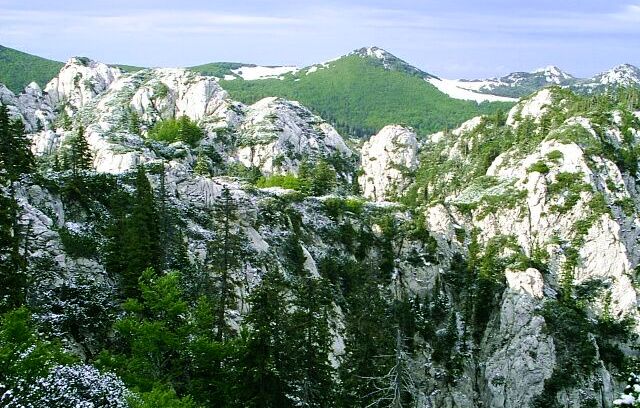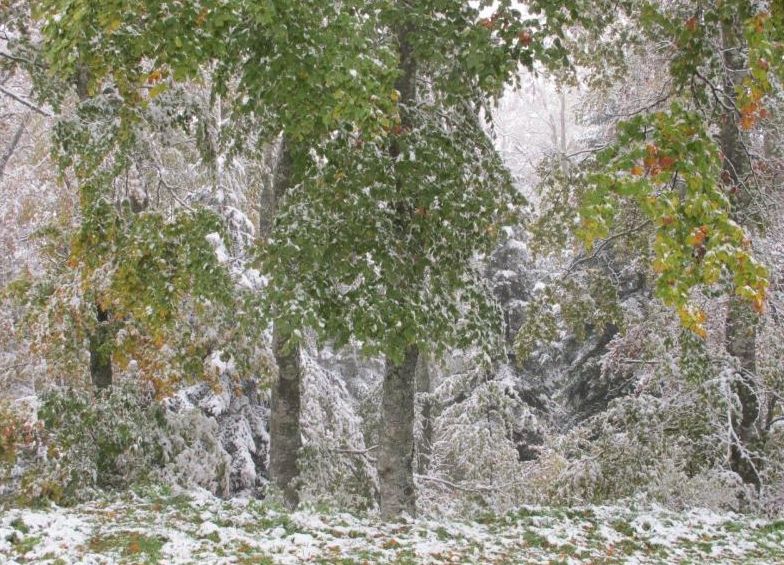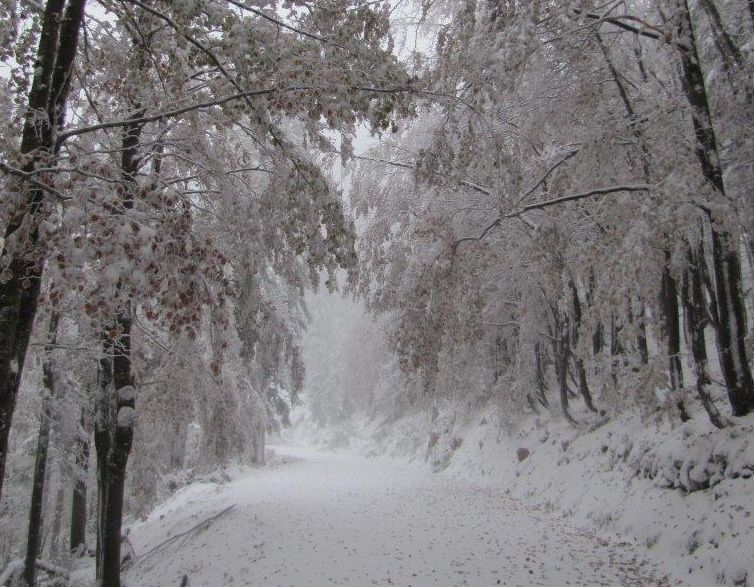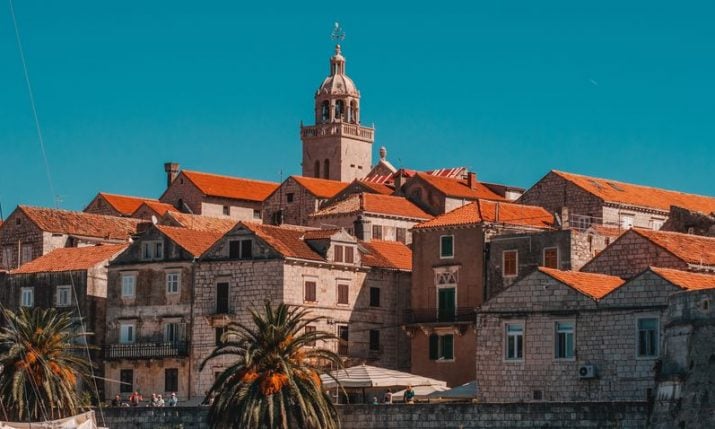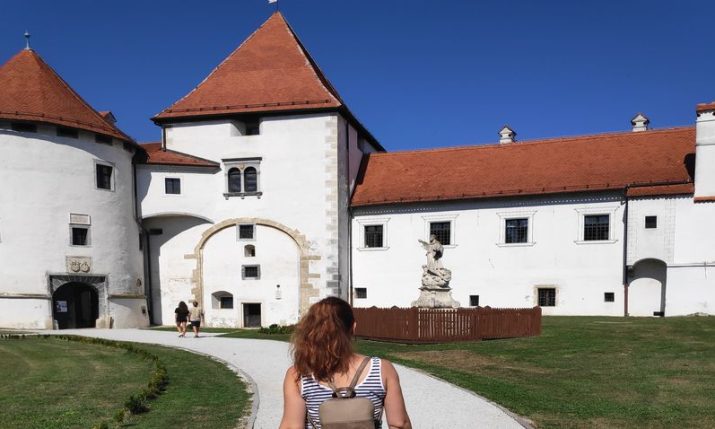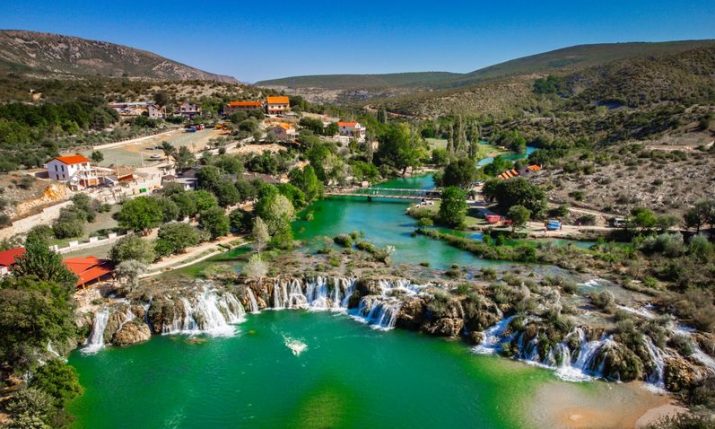Croatia Moves Closer to Getting New UNESCO World Heritage Site
- by croatiaweek
- in News
A picturesque setting has greeted assessors this week as they arrive to assess a new UNESCO World Natural Heritage site nomination in Croatia…
International Union for Conservation of Nature (IUCN) expert David Mihalic from the US visited a snow-covered Northern Velebit National Park this week to assess beech tree forests which have been nominated for the UNESCO world natural heritage list.
Beech tree forests in the Northern Velebit and Paklenica national parks are being nominated for the World Heritage List for their primeval nature, geographic position and size. Localities that are nominated must be of special cultural or physical significance and have a universal value and Mihalic was at the park making his assessment on Tuesday this week.
The beech forests at Northern Velebit National Park are situated in two special reservations in the park called Hajdučki kukovi and Rožanski kukovi. It is regarded as one of the most beautiful karst terrains in the world and has a very high concentration of vertical speleological objects with special features such as one of the deepest pits and the longest inner vertical in the world. Only scientific researchers and educational visits are allowed in the protected area.
“We wish to facilitate an even greater level of protection for Croatia’s nature and sustainable development of areas surrounding our national parks. UNESCO protection means greater recognition on the global level. That also means a greater number of tourists, which will mostly benefit the local population”, the Ministry of Environment and Nature Protection said.
The beech forests growing in the Reserve are of the Illyrian type, with a lot of specific Illyrian species in their composition, making them very species-rich and interesting from the floristic point of view. Although old, the beech specimens are not massive, as the extreme weather and rough terrain has worked a kind of “natural bonsai” on the trees, which grow very slowly, and can be dwarfed and twisted. These forms, combined with the craggy rocks of the massive they grow on and stunning views of the seaside, create a unique, very peculiar and fantastic landscape of great aesthetic value.
Due to the geographical position, relief, carbonate bedrock with narrow outcrops of clastits and sandstone, it is under influence of three climate types: the Mediterranean, Continental and Alpine. The beech forests are richer in number of plant species growing in them and these forests represent important centre of biological diversity.
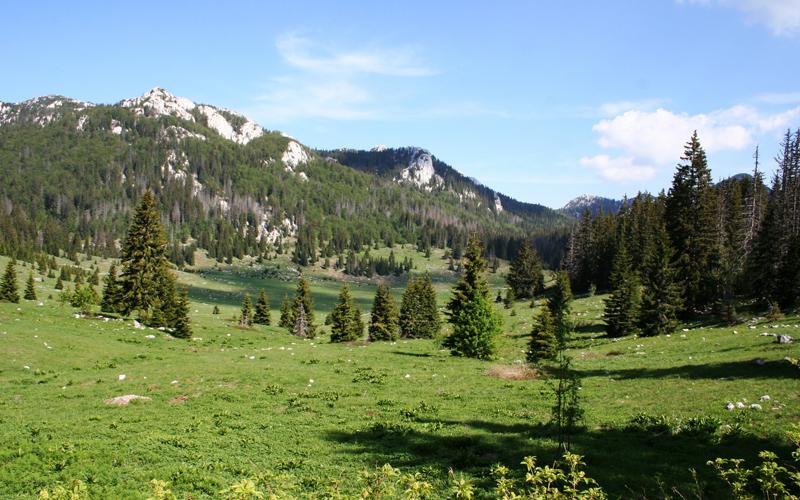
Veliki Lubenovac krast valley on the edge of the strict reserve of Hajdučki kukovi and Rožanski kukovi (photo: parkovihrvatske.hr)
The nomination is an extension to the UNESCO protection of the Primeval Beech Forests of the Carpathians and the Ancient Beech Forests of Germany (Germany, Slovakia, Ukraine).

